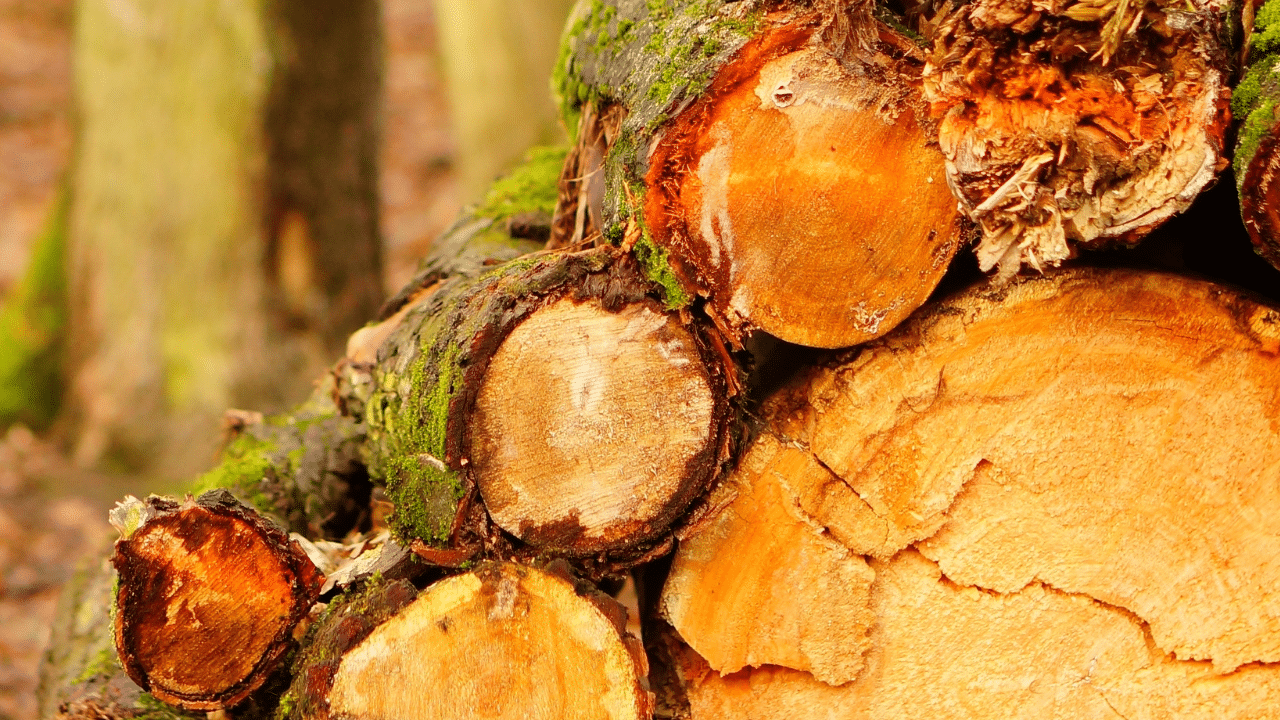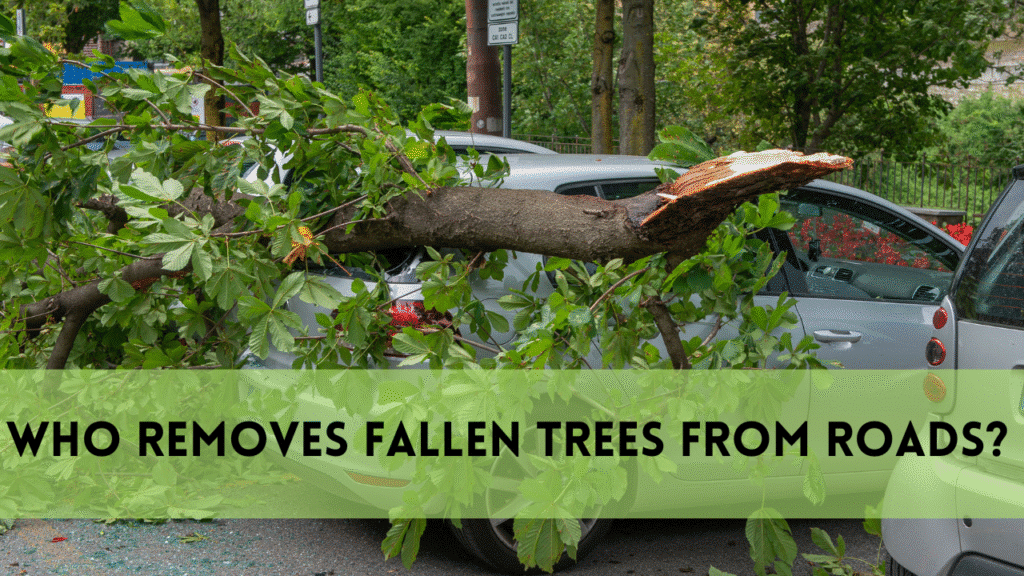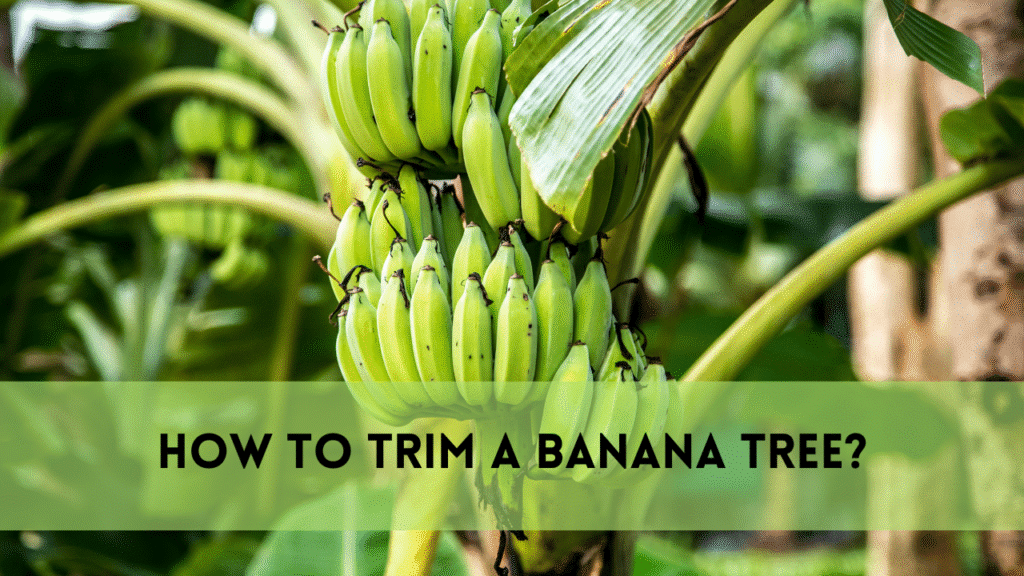If you’ve ever dealt with a fallen or removed tree, you know the stump left behind can be a real nuisance. Stump grinding is the most effective way to get rid of that stubborn tree base, restoring your landscape to a smooth and seamless appearance. But what exactly it is, and why should you consider it?
- The Basics of Stump Grinding
- How Is a Tree Stump Ground Down?
- Why Choose Stump Grinding Over Stump Removal?
- What Happens to The Tree Roots?
- Is Stump Grinding Safe for Your Lawn?
- How Much Does Stump Grinding Cost?
- Can You Diy Stump Grinding?
- Best Time to Grind a Stump
- Post-Stump Grinding: What’s Next?
- Common Myths
- FAQs
- Conclusion
The Basics of Stump Grinding
Imagine you have just removed a tree that was infected from your yard. Now, all that’s left is an ugly stump. It’s a pain to dig it out by hand, and it could take many years for the stump to decompose naturally. Here comes stump grinding. Professionals use specialized machinery to grind down the stump into wood chips. This makes it almost disappear beneath ground level.
This method is faster, cleaner, and more efficient than stump removal, which involves pulling out the entire root system.
How Is a Tree Stump Ground Down?
A stump grinder is a powerful machine equipped with a rotating cutting disk that shreds the stump into tiny pieces. The machines are available in a variety of sizes. They range from small, handheld units that can be used for smaller jobs to larger industrial units designed for large-scale stump removal. It usually takes a few moments to remove small stumps and an hour or more for large ones. The area will be left with a pile that can either be used for landscaping or completely removed.
Why Choose Stump Grinding Over Stump Removal?
Many homeowners and property managers face a crucial decision when dealing with stumps: Should they opt for stump grinding or complete removal? The answer depends on your priorities.
- Speed and Efficiency: Grinding is significantly faster than stump removal, which requires heavy excavation and often damages surrounding landscaping.
- Cost-Effectiveness: Grinding is generally more affordable since it doesn’t require extensive digging or disposal of large root systems.
- Minimal Landscape Disruption: Unlike stump removal, which leaves a noticeable hole in your yard, stump grinding ensures a smooth, leveled surface ready for replanting or construction.
- Eco-Friendly Approach: The wood chips produced during the process can be used as mulch, reducing waste and promoting soil health.

What Happens to The Tree Roots?
One common question is, “What about the roots?” Unlike stump removal, which extracts the entire root system, stump grinding leaves the roots in place. Over time, these roots naturally decay and break down, enriching the soil. In most cases, the roots decompose within a few years, causing no harm to your yard.
Is Stump Grinding Safe for Your Lawn?
Absolutely! it is one of the safest and least invasive methods for removing tree remnants. Unlike excavation, which disturbs the soil and can damage nearby plants, it is precise and contained. Plus, eliminating the stump helps prevent trip hazards, pest infestations, and fungal growth that can spread to other plants.
How Much Does Stump Grinding Cost?
The cost depends on several factors, including the stump’s size, location, and the complexity of the job. On average, professional stump grinding services charge between $100 and $400 per stump. Some companies offer bulk discounts if you have multiple stumps to grind, making it a more budget-friendly option for large properties.
Can You Diy Stump Grinding?
While renting a grinder is an option for DIY enthusiasts, it comes with challenges. Professional grinding services have the experience and equipment to handle the job efficiently and safely. Without proper training, DIY can be hazardous, leading to potential injury or property damage. Additionally, professional services ensure the job is done correctly without leaving behind underground root issues.
Best Time to Grind a Stump
The best time to schedule grinding is shortly after tree removal when the stump is fresh and easier to grind. However, old and rotting stumps can also be removed using the same process. Seasons don’t heavily impact stump grinding, but dry conditions are preferable to prevent excessive moisture from slowing down the grinding process.
Post-Stump Grinding: What’s Next?
After grinding tree stump, you’re left with a clean slate. The wood chips can be used as mulch for flower beds or composted for future gardening projects. Some homeowners choose to plant grass over the area, while others may repurpose the space for new landscaping features. If you plan to build a structure over the area, it’s advisable to wait until the remaining underground roots fully decompose.
Common Myths
- Myth 1: It removes the entire tree root system – false! The roots remain and gradually decompose over time.
- Myth 2: Stumps will regrow after grinding – unlikely! Most tree species do not regenerate once the stump is ground down.
- Myth 3: It is harmful to the environment – quite the opposite! It’s an eco-friendly method that prevents waste and promotes natural decomposition.
FAQs
How long does stump grinding take?
Typically it takes between 15 minutes to an hour, depending on the stump’s size and hardness.
Will the stump grindings attract pests?
Not if properly managed. Leftover wood chips should be removed or used as mulch to prevent termite or insect infestations.
Can grass grow over a ground stump?
Yes! You can cover the area with topsoil and grass seed to restore a seamless lawn.
Is stump grinding noisy?
Yes, stump grinders are loud machines, but the process is relatively quick, so the noise doesn’t last long.
Can I burn a stump instead of grinding it?
While burning is an option, it’s not always safe or allowed by local regulations. Stump grinding is a more effective and legal alternative.
Conclusion
It is the most efficient and cost-effective way to remove tree stumps. Professional stump grinding can improve the appearance of your lawn, eliminate tripping hazards and prevent pests from setting shop.
It is the best option for homeowners or property managers who want to clear land quickly. It causes minimal disruption to their landscape and offers long-term advantages.



